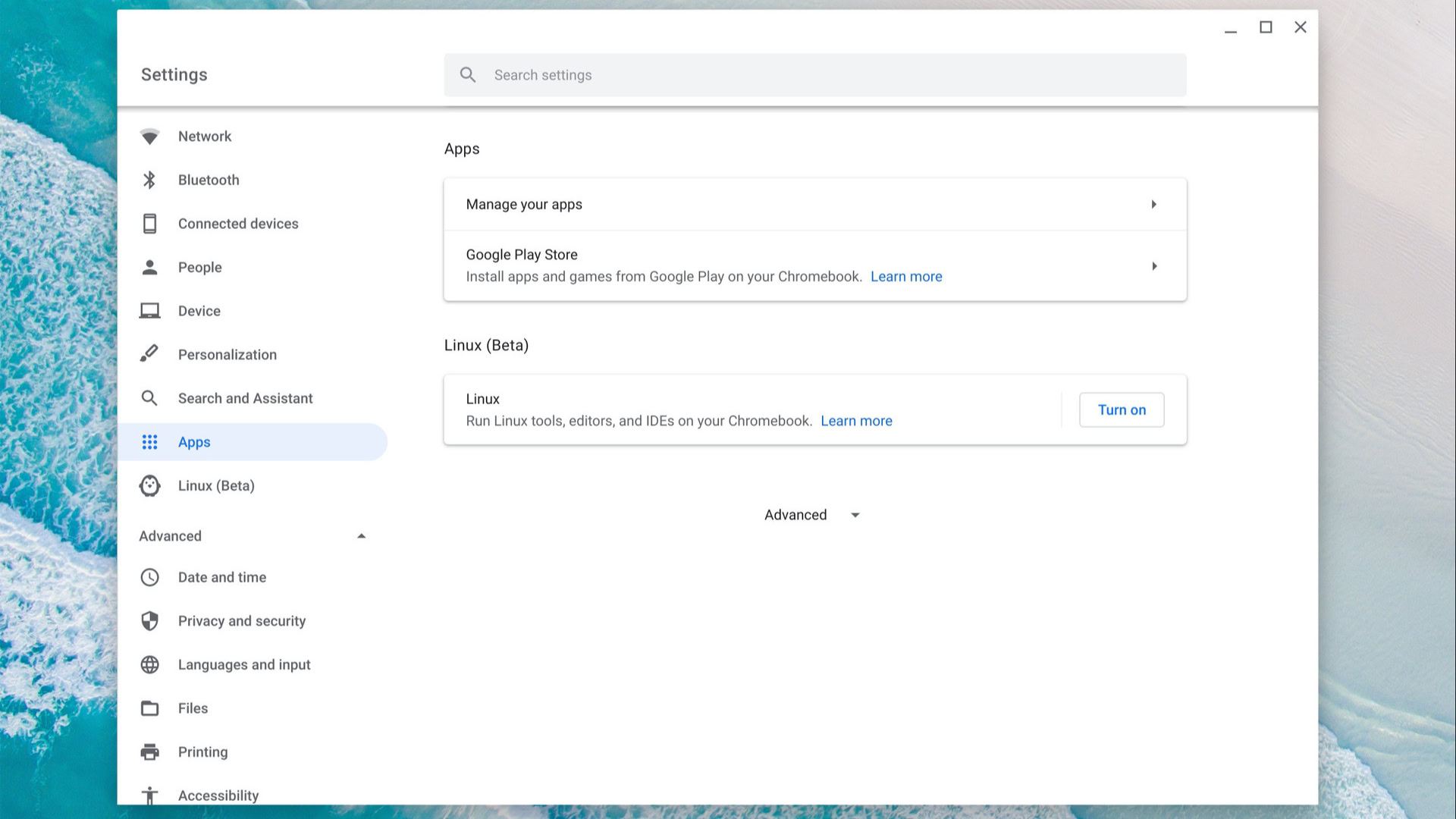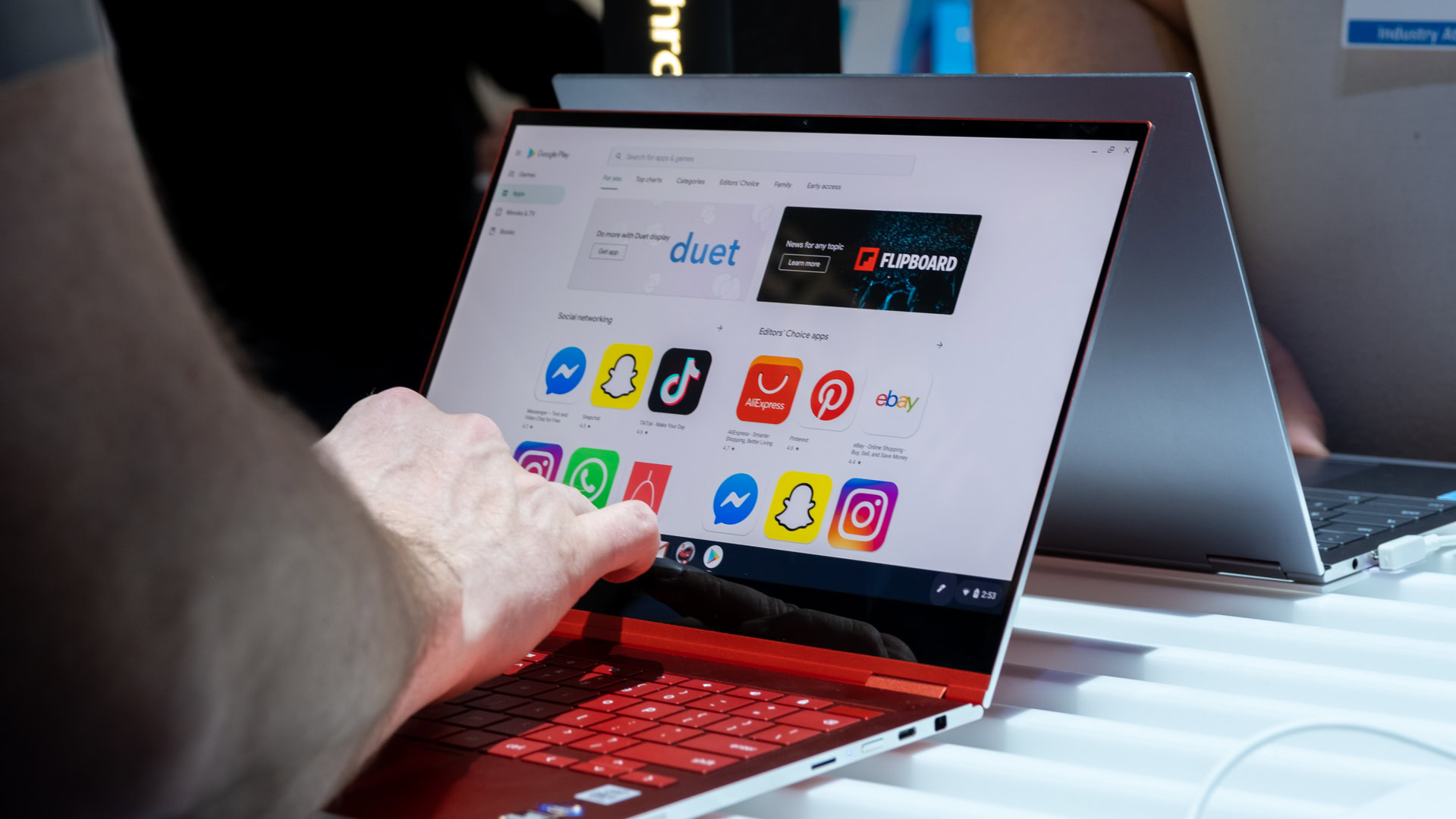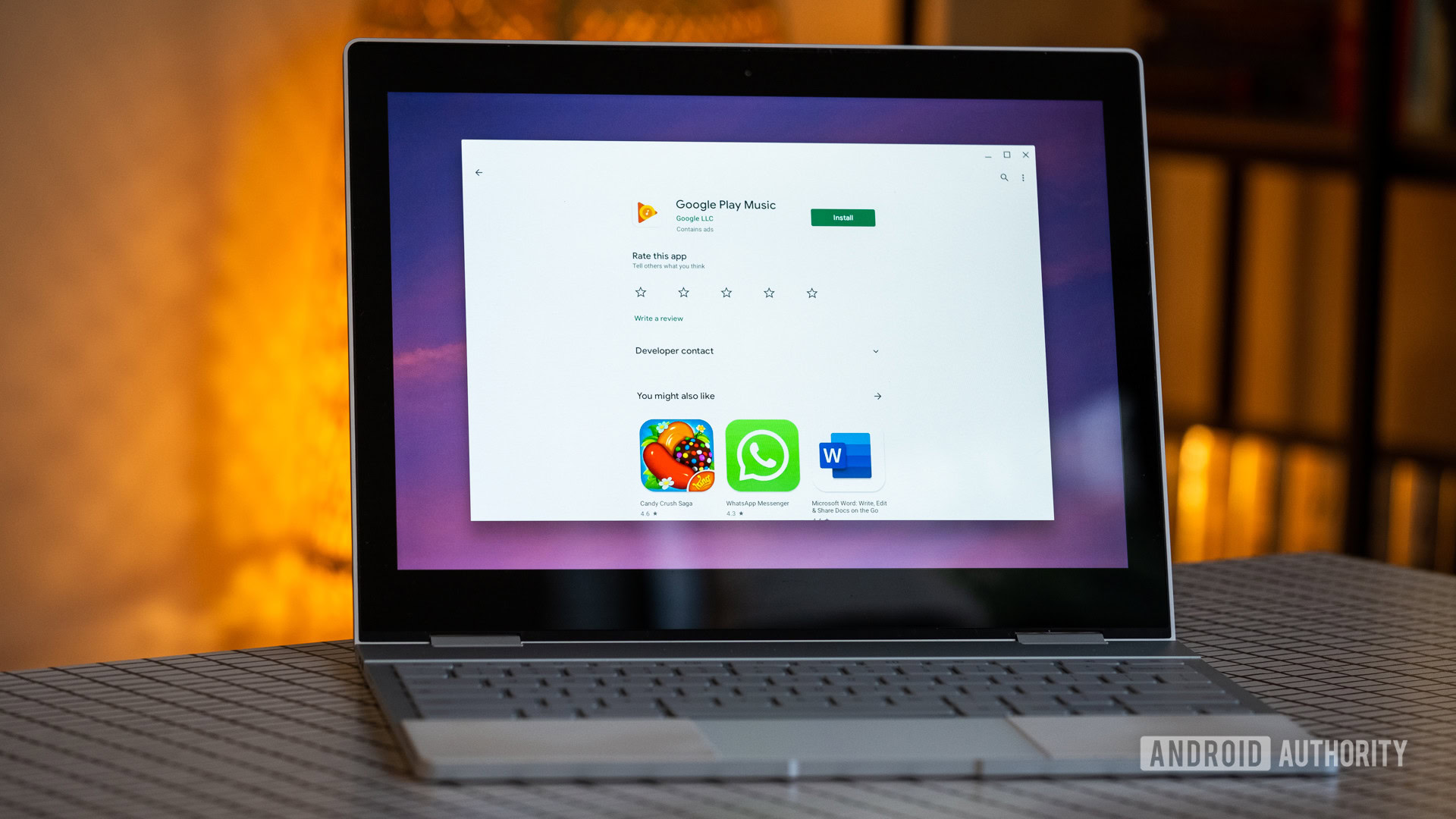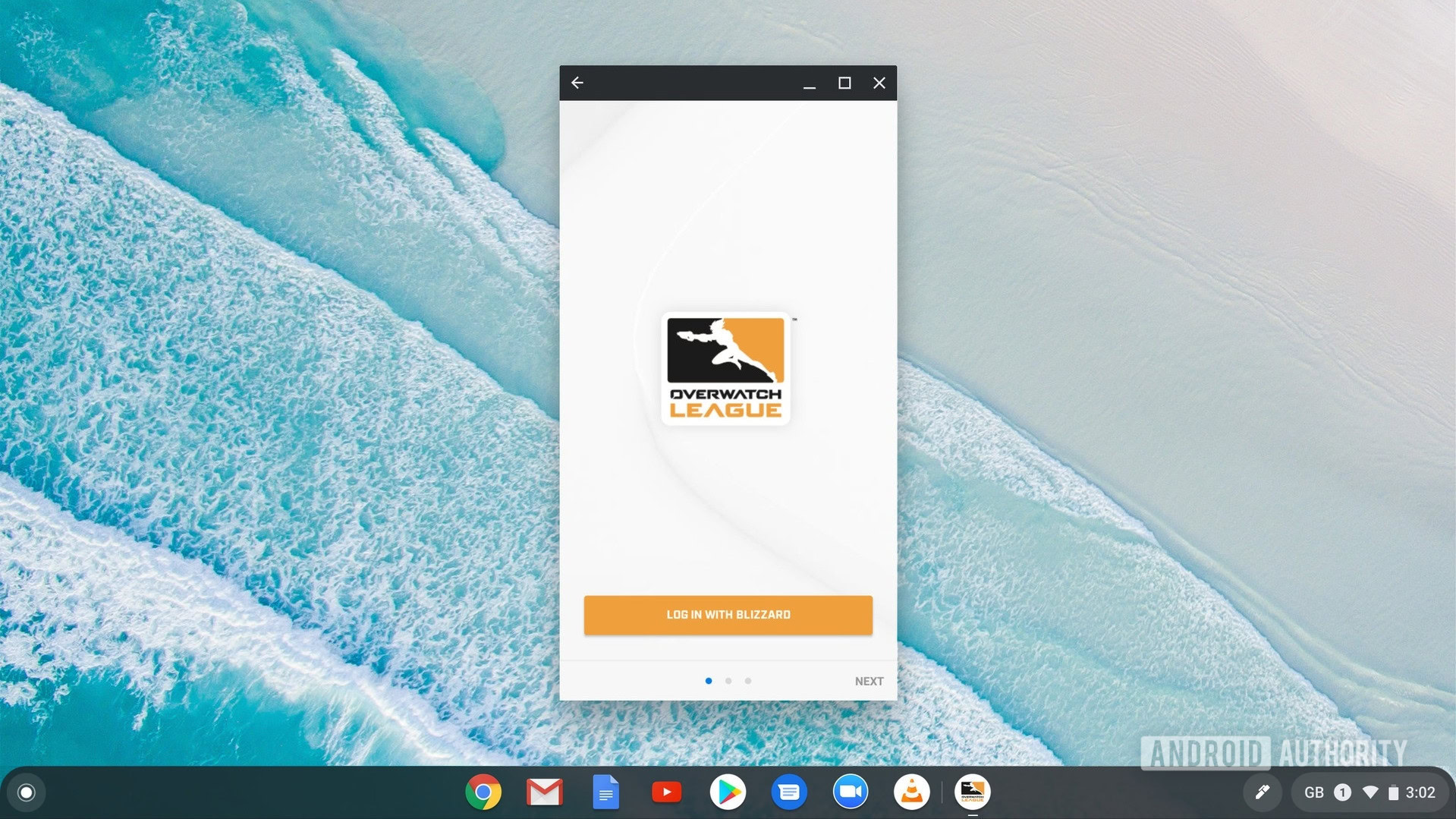Affiliate links on Android Authority may earn us a commission. Learn more.
How to run Android apps on your Chromebook
Published onMay 4, 2022
Running Android apps on Chromebook devices enhances the overall experience, giving owners the chance to use the same apps they do on their phones and play popular mobile games. It also makes the platform much more helpful. Android has a selection of creative, work, and productivity apps you can use for serious tasks.
If you’re wondering whether or not you have a Chromebook that runs Android apps and want to know how to set them up, you’ve come to the right place. You’ll find everything you need to know about the topic in this post.
Editor’s note: All instructions in this tutorial were put together using a Lenovo Chromebook Duet running Chrome OS version 93.0.4577.85. Remember, steps may differ depending on your device, but most things are the same from Chromebook to Chromebook.
QUICK ANSWER
To run Android apps on your Chromebook, ensure it is updated to the latest Chrome OS version. If you have support, Google Play Store will be available and installed. Open it to install and run the Android apps of your choice.
JUMP TO KEY SECTIONS
Which Chromebooks support Android apps?

If your Chromebook was released in or after 2017, there’s a good chance it can run Android apps. There are two ways to check this. The first is to head to our list of all the Chromebooks that support Android apps. You can also check if your device can use Linux apps too, which would bring a whole other level of functionality to your Chrome OS device.
Here: These are the Chromebooks that support Android and Linux apps
Is your Chromebook on the list of supported devices?
- Check our list, linked right above.
- Alternatively, you can check the Chromium website and see if your device supports Android apps.
- The list of Google Play Store-supported devices is long. To find it quicker, press Ctrl + F (if you are using Windows).
- Type in your Chromebook’s model.
- If your device name is found, you should have access to the Google Play Store.
If you don’t know the model name of your device or don’t want to search through the Chromium website, you can quickly check for Google apps support in the settings of your Chromebook.
To check if your Chromebook supports the Google Play Store on your device:
- Turn your Chromebook on and log in.
- Click on the status bar in the bottom-right corner of the user interface.
- Click the Settings cog.
- Select Apps.
- If your Chromebook supports the Google Play Store, you will see a Google Play Store option. This means you can run Android apps on your Chromebook.
Don’t have Google Play? It’s not all lost yet

Many older Chromebooks — released in or before 2017 — didn’t ship with Android app support. However, some of them did receive access to the Play Store via a software update. So, if you have an older device and do not see the Play Store there, updating to the latest version of the OS may change that.
- Turn your Chromebook on and log in.
- Make sure you connect the device to the internet.
- Click on the status bar in the bottom-right corner of the screen.
- Select the Settings cog.
- Hit the About Chrome OS option.
- Click on Check for updates.
- Follow instructions until the update finalizes.
Once that’s done, all you have to do is follow the instructions in the previous section to check if a Chromebook supports Android apps. If you still don’t see the Google Play Store option in the settings, your device doesn’t support Android apps.
Read more: How to change the wallpaper on Chromebook
How to enable Google Play Store on your Chromebook

If your Chromebook supports Android apps, you should see the Play Store in the app drawer on your device. But in case you don’t see it, you’ll have to enable it first. It’s easy and won’t take more than 30 seconds of your time.
- Turn your Chromebook on and log in.
- Click the status bar in the bottom-right corner of the screen.
- Select the Settings cog.
- Click the Apps option.
- Hit the Turn on button next to the Google Play Store option.
That’s all there is to it — you should now see the Play Store in the app drawer of your Chromebook.
How to download apps on Chromebook

I’m sure most of you know how to download apps on Chromebooks, but I’ll explain the process for those new to Chromebooks and Android apps. In short, the process is more or less identical to downloading apps on your Android phone or tablet.
- Turn your Chromebook on and log in.
- Open the app drawer.
- Find the Play Store app and open it.
- Search or browse for your app of choice.
- Click on Install.
- Let your device do its thing.
Once you install the app, it will appear in the app drawer. Just open it.
Bonus tip: Not all apps are optimized for Chromebooks

While many Android apps — especially the more popular ones — are optimized for Chromebooks, many aren’t. An optimized app will work in full-screen mode, making it easy to use. These apps work just like standard Chromebook apps from the Chromebook app store.
However, apps that aren’t optimized show up in a phone screen format, which only takes up a portion of your screen. You can still use them, but the experience isn’t the best. In the screenshot above, you can check out what an unoptimized app looks like on a Chromebook.
FAQs
You can sideload APK files on a Chromebook if you enable developer mode and the unknown sources option in the Android app settings. You’ll need a file manager app from Google Play to be able to open APK files. However, you still need Android app and Google Play Store support for sideloading.
If your Chromebook doesn’t officially support Android apps or it doesn’t have Google Play Store installed, it cannot run Android apps.
No, but the most popular ones do. Some apps may have hardware or software specification requirements that some or all Chromebooks may not be able to meet, barring them from running the apps.